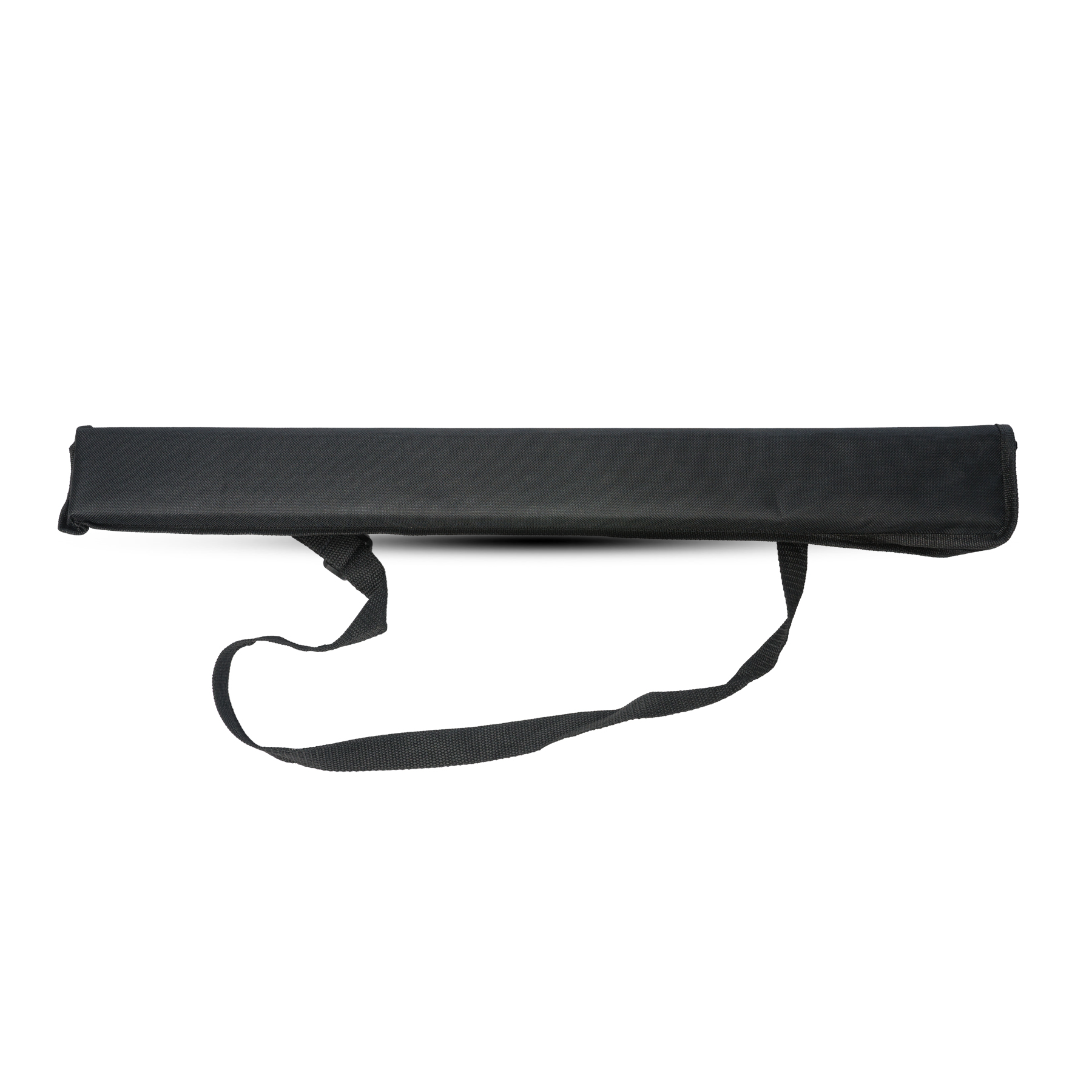

Rihs certainly agreed with this, which is why he plunged millions into setting up BMC’s ‘Impec’ (short for impeccable) lab in Grenchen, Switzerland, a decade ago. ‘Being Swiss means in a market where performance advantages are getting increasingly harder to eke out, we possess the level of attention to detail to set ourselves apart.’ Uniquely Swiss With our resources and mindset, though, we wouldn’t have it any other way. We sell premium bikes like crazy, yet are nowhere at the entry level. ‘Yet the pyramid of the business is upside down. ‘Last year we had a nine-figure turnover for the first time,’ he says.

Since Zurcher took over BMC has been self-financed and now operates like other big bike manufacturers. Despite not forging the simplest path, he ultimately set us up to become the company we are today.’ ‘His legacy is BMC’s move towards precision engineering. When Rihs died a curtain was drawn on his BMC Racing Team project, and BMC moved to become bike sponsor for Dimension Data (now Qhubeka-Assos) before moving again to supply AG2R Citroen. It meant making a lot of personnel changes but over the last few years things have really settled.’ ‘I came from Specialized and found BMC had the same number of engineers and product managers as Specialized did, despite being 15 times smaller. ‘I’m the eighth CEO BMC has had since Rihs took over, so the company has rarely known consistency. ‘My responsibility when I was hired in 2014 was to reverse that, with the understanding that I would run the whole business,’ says Zurcher. Yet despite this success, other areas of the business were still being overlooked, from marketing to industrialisation. A year later Cadel Evans won the Tour on a BMC and Rihs achieved his ultimate goal.

Undeterred, Rihs returned and set up the BMC Racing Team, a project separate to the bike business, even though it shared the same name.Īfter a few years of gradual development the team announced grand plans with several big-name signings in 2010. Unfortunately, it became obvious that the bike wasn’t the only thing helping Landis to win races, and Phonak was disbanded in disgrace. The scale of investment in product development meant BMC caught up with its competitors and was able to create the bike that Floyd Llandis rode to Tour de France victory in 2006. ‘The problem was that the work side of things was just not as important to Rihs as the sport, so the company often didn’t have a leader with the vision to make this a viable business,’ says Zurcher. That was until Andy Rihs, billionaire owner of the hearing aid company Phonak, bought the company in 2000. Back then, BMC didn’t even offer a road design, and the company struggled to make a mark, barely surviving from one year to the next. In 1994 he lost the licence to build for Raleigh so he changed the direction of the business, rebranding it the Bicycle Manufacturing Company and moving from bike assembly to production. An American, Bob Bigelow, started things off when he founded Bigelow’s Mounting Company and started building bikes up for Raleigh out of his garage in Switzerland. Yet the adversity it has overcome is precisely the reason why it produces some of the most innovative bikes on the market today.īMC in its current form came into being around 20 years ago, but the company has known a few different guises since its roots were established in 1986. Learn a little of BMC’s background, however, and you’ll find its outward appearances are belied by its history, which is surprisingly short and turbulent. The image of the company and its bikes is one of precision and professionalism, and it would seem reasonable to assume that this reputation has been built over decades of serene progression. Think ‘BMC’ and a number of adjectives spring to mind: sleek, capable, innovative, expensive.


 0 kommentar(er)
0 kommentar(er)
